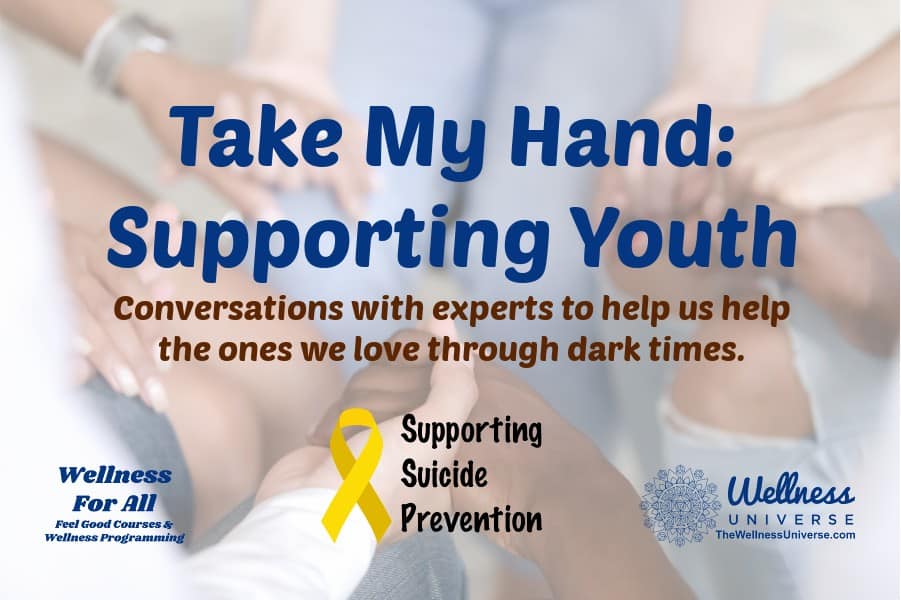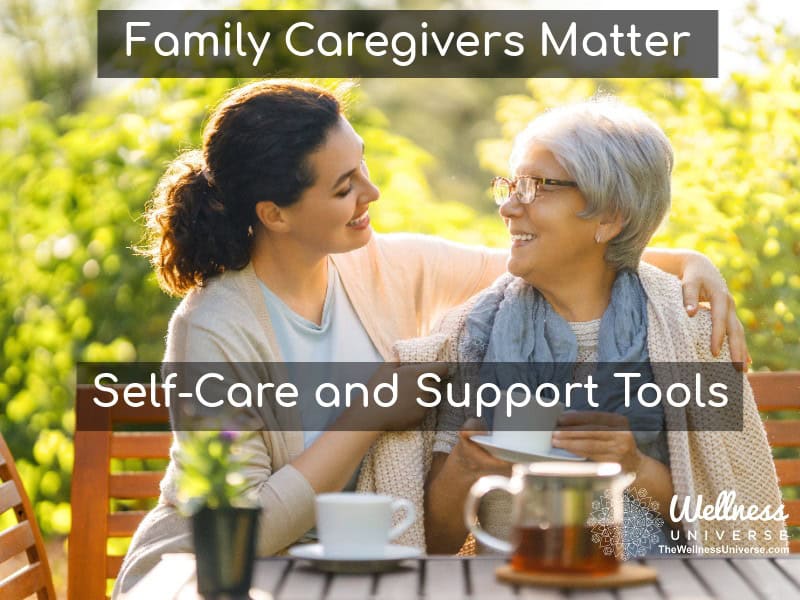Language is a powerful tool that shapes our understanding of the world and the way we interact with it. When it comes to sensitive topics like suicide, the words we choose can have profound impacts, either helping to reduce stigma or reinforcing harmful misconceptions. For years, the language surrounding suicide has often been unintentionally damaging, contributing to the very stigma that can prevent individuals from seeking the help they need.
Recent efforts in suicide prevention have emphasized the importance of using updated, compassionate, and non-judgmental language. This shift in terminology is not just a matter of political correctness—it’s a crucial step in changing the way society perceives and talks about suicide, ultimately leading to better support for those in crisis and more effective prevention efforts.
The Problem with Traditional Suicide Language
Historically, terms like “committed suicide” and “successful attempt” have been commonly used to describe suicide and suicidal behavior. However, these phrases carry significant negative connotations that can perpetuate stigma and misunderstanding.
1. “Committed Suicide”
The term “committed suicide” is deeply rooted in the time when suicide was considered a criminal act or a sin. The word “committed” is often associated with crime, wrongdoing, or moral failing, which can imply that the person who died by suicide is to blame. This language can be particularly harmful to those left behind, as it adds an unnecessary layer of guilt and shame.
Moreover, this terminology can deter individuals who are experiencing suicidal thoughts from seeking help. If they feel that their thoughts are criminal or sinful, they may be less likely to open up about their struggles and seek the support they desperately need.
2. “Successful” or “Unsuccessful” Suicide Attempts
Another problematic set of terms involves describing suicide attempts as “successful” or “unsuccessful.” Referring to a suicide as “successful” implies that the act of dying by suicide is an achievement, which can be dangerously misleading. On the other hand, calling a suicide attempt “unsuccessful” suggests that the individual has failed at something they were trying to accomplish, which can further harm their self-esteem and mental health.
These phrases also perpetuate the idea that suicide is a goal or an objective to be reached rather than a tragic outcome of unaddressed mental health issues.
Moving Toward Compassionate and Accurate Language
In response to the issues associated with traditional suicide language, mental health professionals and suicide prevention advocates have proposed updated terms that are more compassionate, accurate, and non-judgmental. These terms help shift the focus from blaming the individual to understanding the underlying issues that contribute to suicidal behavior.
1. “Died by Suicide”
The phrase “died by suicide” is now widely recommended as a replacement for “committed suicide.” This terminology is neutral and factual, simply describing the cause of death without assigning blame or judgment. It aligns with the way we describe other causes of death, such as “died of cancer” or “died from a heart attack,” making it a more respectful and compassionate choice.
Using “died by suicide” helps to humanize the individual and acknowledges that suicide is often the result of severe mental health struggles rather than a deliberate or criminal act.
2. “Suicide Attempt”
Instead of describing attempts as “successful” or “unsuccessful,” the preferred term is simply “suicide attempt.” This language removes the value judgment associated with the outcome and focuses on the behavior itself. It allows for a more empathetic approach, recognizing that the individual is in distress and needs support, regardless of the outcome of their attempt.
3. Describing Suicidal Behavior
When discussing behaviors related to suicide, it’s important to avoid terms like “manipulative” or “cry for help,” which can diminish the seriousness of the individual’s feelings. Instead, describe the behavior factually and without judgment. For example, rather than saying someone is “acting out for attention,” acknowledge that they may be “expressing distress” or “seeking support.”
This shift in language encourages a more compassionate understanding of suicidal behavior and emphasizes the need for empathy and intervention.
The Role of Media and Public Discourse
The media plays a significant role in shaping public perceptions of suicide. Unfortunately, sensationalized or irresponsible reporting can contribute to the stigma and even increase the risk of suicide through a phenomenon known as suicide contagion. This occurs when media coverage glorifies or sensationalizes suicide, leading to an increase in suicide rates following such reports.
To combat this, media outlets are encouraged to follow guidelines for safe reporting on suicide. These guidelines include:
- Avoiding graphic details: Refrain from describing the method or location of the suicide, as this can lead to imitation.
- Using appropriate language: Follow the updated language recommendations, such as “died by suicide” instead of “committed suicide.”
- Providing resources: Include information about suicide prevention hotlines, crisis centers, and mental health resources in any coverage of suicide.
By adhering to these guidelines, the media can play a positive role in suicide prevention by raising awareness, reducing stigma, and encouraging those at risk to seek help.
The Impact of Language on Suicide Prevention
The shift to more compassionate and accurate language in discussions about suicide is not just a matter of semantics—it has real-world implications for suicide prevention efforts. The words we use can either reinforce harmful stereotypes or help to create an environment where people feel safe to talk about their struggles and seek help.
1. Reducing Stigma
One of the primary goals of using updated suicide language is to reduce the stigma associated with suicide and mental health issues. When we remove judgmental or accusatory language from our discussions, we help to normalize conversations about mental health. This can make it easier for individuals to seek help without fear of being judged or misunderstood.
2. Encouraging Help-Seeking Behavior
Language that is compassionate and non-judgmental can encourage individuals who are experiencing suicidal thoughts to reach out for help. When people feel that they won’t be blamed or stigmatized for their thoughts, they are more likely to open up about their struggles and access the support they need.
3. Supporting Survivors and Loved Ones
For those who have lost a loved one to suicide, the language used to describe the death can have a profound impact on their grieving process. Terms like “committed suicide” can add to the feelings of guilt and shame that survivors often experience. In contrast, using terms like “died by suicide” can help to reduce these negative emotions and promote healing.
4. Creating a Culture of Understanding and Support
Ultimately, the goal of changing the language around suicide is to create a culture of understanding and support. By using language that is respectful, compassionate, and accurate, we can help to break down the barriers that prevent people from seeking help and build a society where mental health is treated with the seriousness and care it deserves.
Language is a powerful tool that shapes our perceptions and interactions. When it comes to suicide prevention, the words we choose can make a significant difference in reducing stigma, encouraging help-seeking behavior, and supporting those who are struggling. By adopting updated and compassionate language, we can contribute to a more understanding and supportive society, where individuals feel safe to talk about their mental health and seek the help they need.
As we continue to evolve our understanding of mental health and suicide, it’s crucial that our language evolves as well. By changing the conversation, we can help to save lives and support those who need it most.
All information, content, and material are for informational purposes only and are not intended to serve as a substitute for the consultation, diagnosis, and/or medical treatment of a qualified physician or healthcare provider. The information supplied through or on this page, or by any representative or agent of The Wellness Universe, is for informational purposes only and does not constitute medical, legal, or other professional advice. Health-related information provided through this website is not a substitute for medical advice and should not be used to diagnose or treat health problems or to prescribe any medical devices or other remedies. The Wellness Universe reserves the right to remove, edit, move, or close any content item for any reason, including, but not limited to, comments that are in violation of the laws and regulations formed pursuant to the Federal Food, Drug, and Cosmetic Act. None of the posts and articles on The Wellness Universe page may be reprinted without express written permission.
Magnify Your Magnificence – Your Pathway to the Life & Relationships You Truly Desire
No matter what your life or your relationships look like today, you have an innate ability to transform them into more than you can even imagine. All you have to do is learn how to access what is already within you, waiting to be discovered and expressed.
Catch the replay – https://bit.ly/MagnifyYourMagnificence

See how our self-care books are helping thousands of people around the world. Digital and paperback books are available now.
Connect to the people that help you live your best life: The Wellness Universe
The Wellness Universe is your resource for health, wellness, well-being, and transformation. We serve and support professionals who make the world a better place and individuals and groups who seek their best life.
A woman owned company; having the vision in 2013, Anna Pereira launched the first directory in 2015 bringing together a community of members making the world a better place to be found by those seeking their best life. The Wellness Universe has grown since then to be a one-stop shop for total wellness support! We are a vetted community, online directory, book publisher, resource center, event producer, content platform, and so much more, supporting whole-health and well-being on a global scale.
The Wellness Universe is a home that connects industry professionals in the health, wellness, and well-being fields to seekers of total well-being. WU provides our WU World-Changer members with peer support, Wellness Universe produced events (live and online), projects, visibility, business mentoring, and community. Through The Wellness Universe our WU World-Changer members serve WU Friends, seekers of health, wellness and transformation, with coaching, workshops, content and more.
The Wellness Universe provides individuals and groups seeking their best lives with access to our members, wellness content, educational resources, and guidance in all areas of wellness to transform visions of how they want to live life into the life they experience.
Through the directory, WU Featured Blog, SoulTreat wellness retreat, Self-Care Books, group well-being programs, and online learning center, The Lounge, The Wellness Universe provides many avenues to support whole health, mind, body, spirit and planet.
Join us today! Wellness Professional or Seeker of Your Best Life






